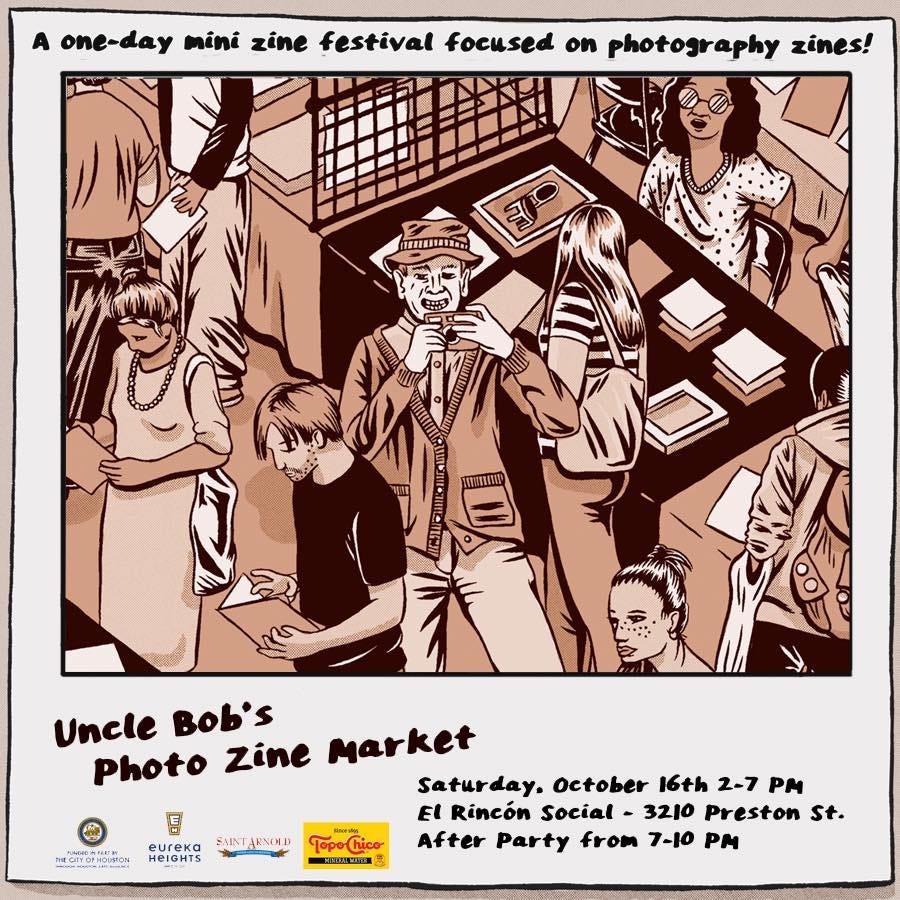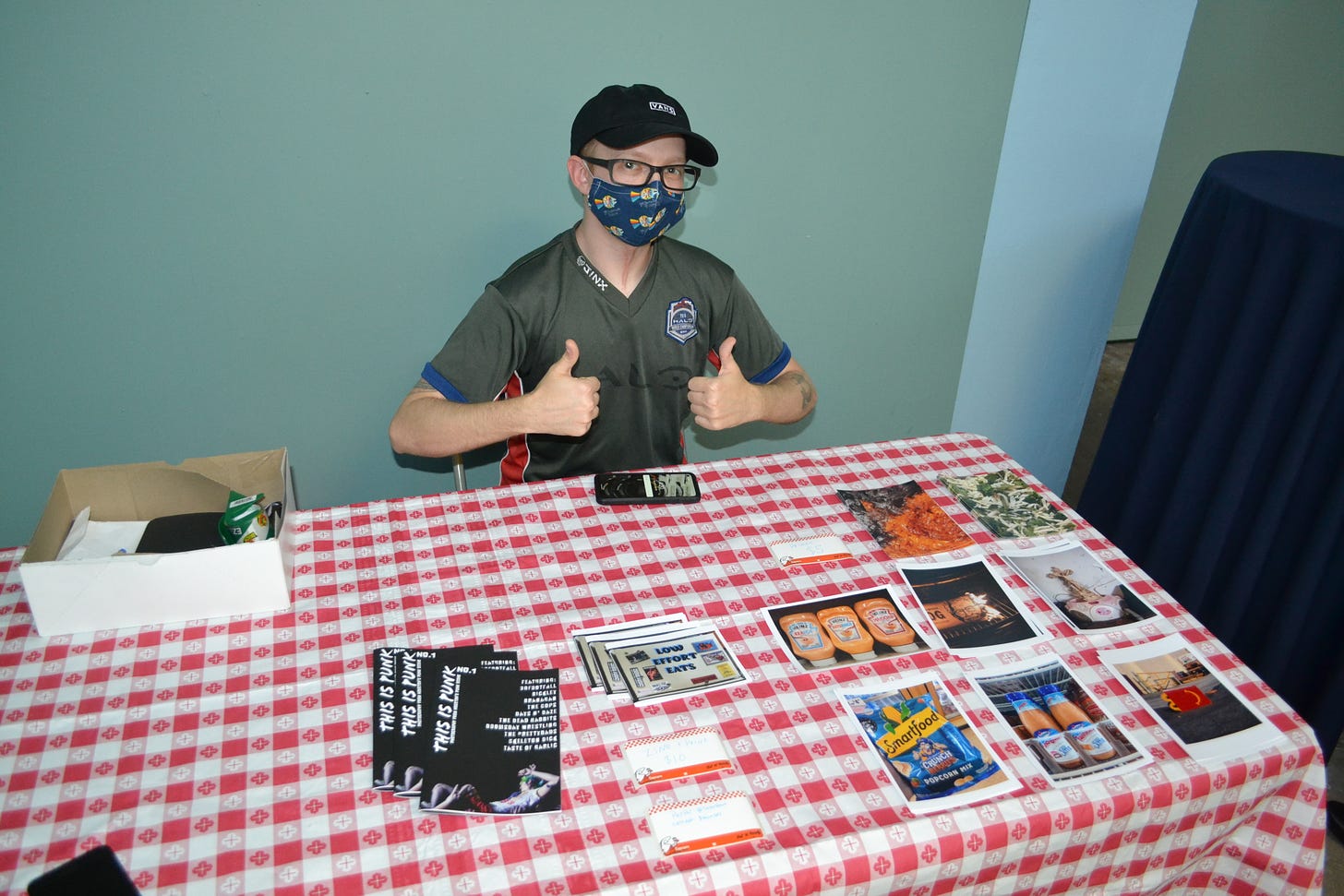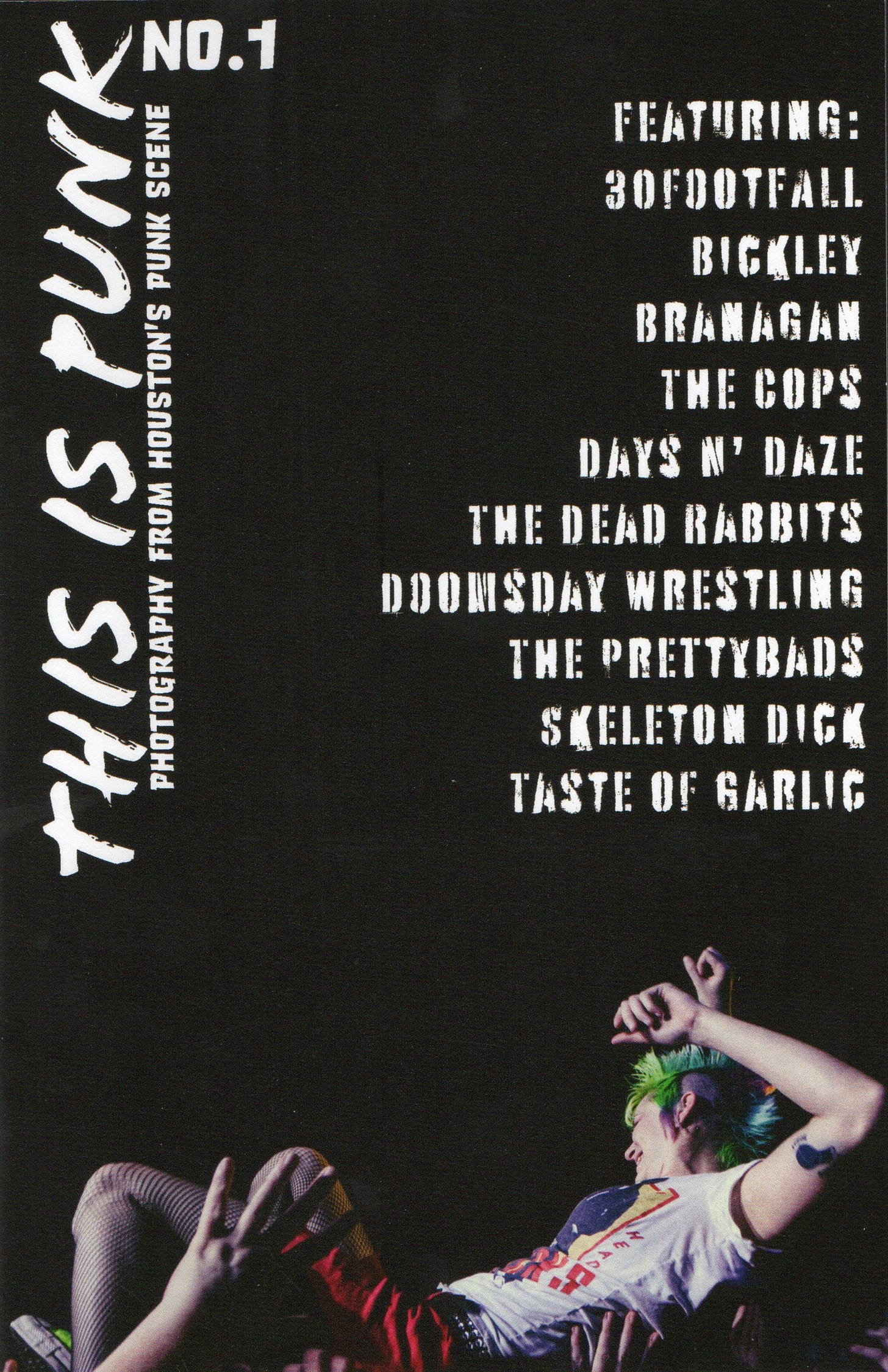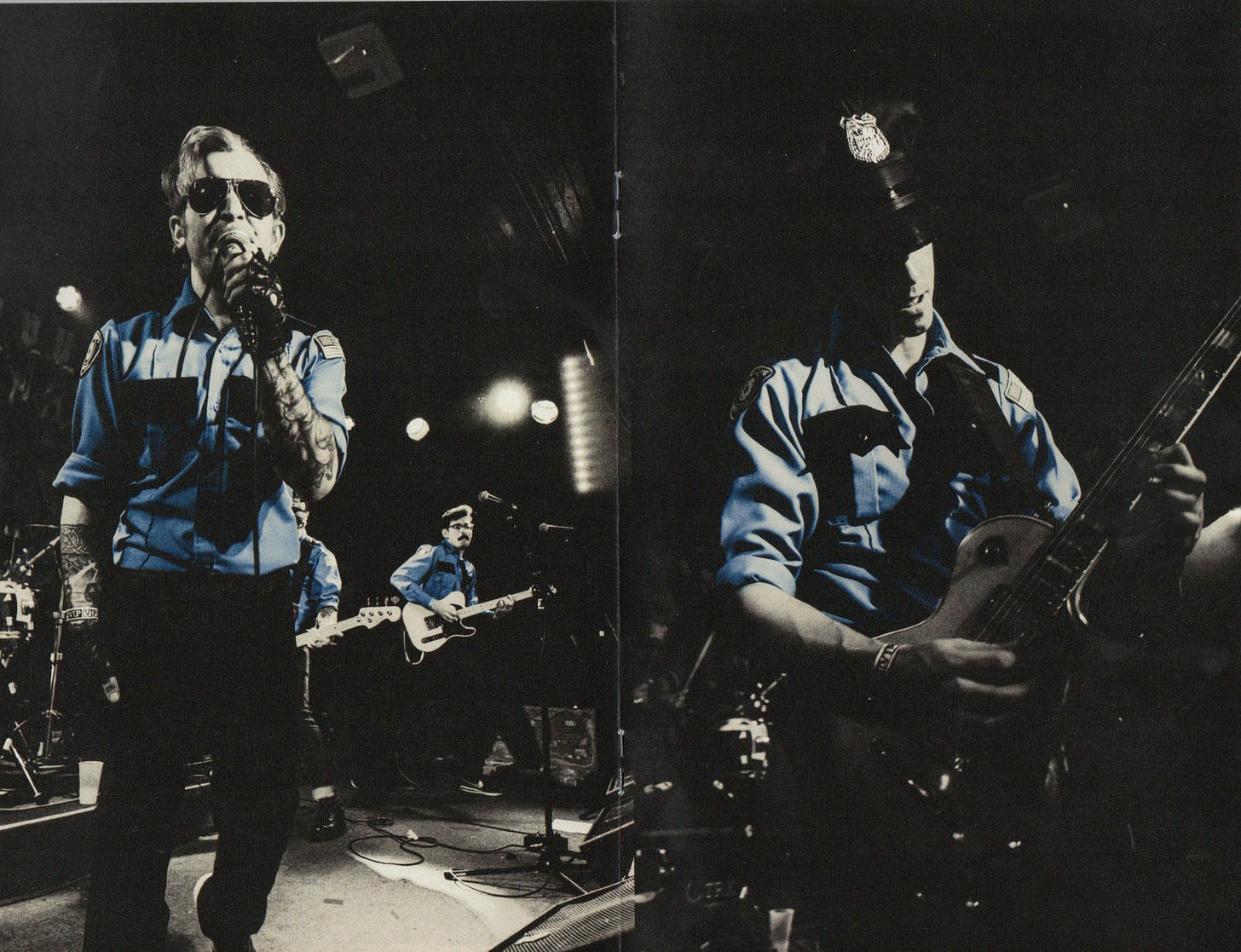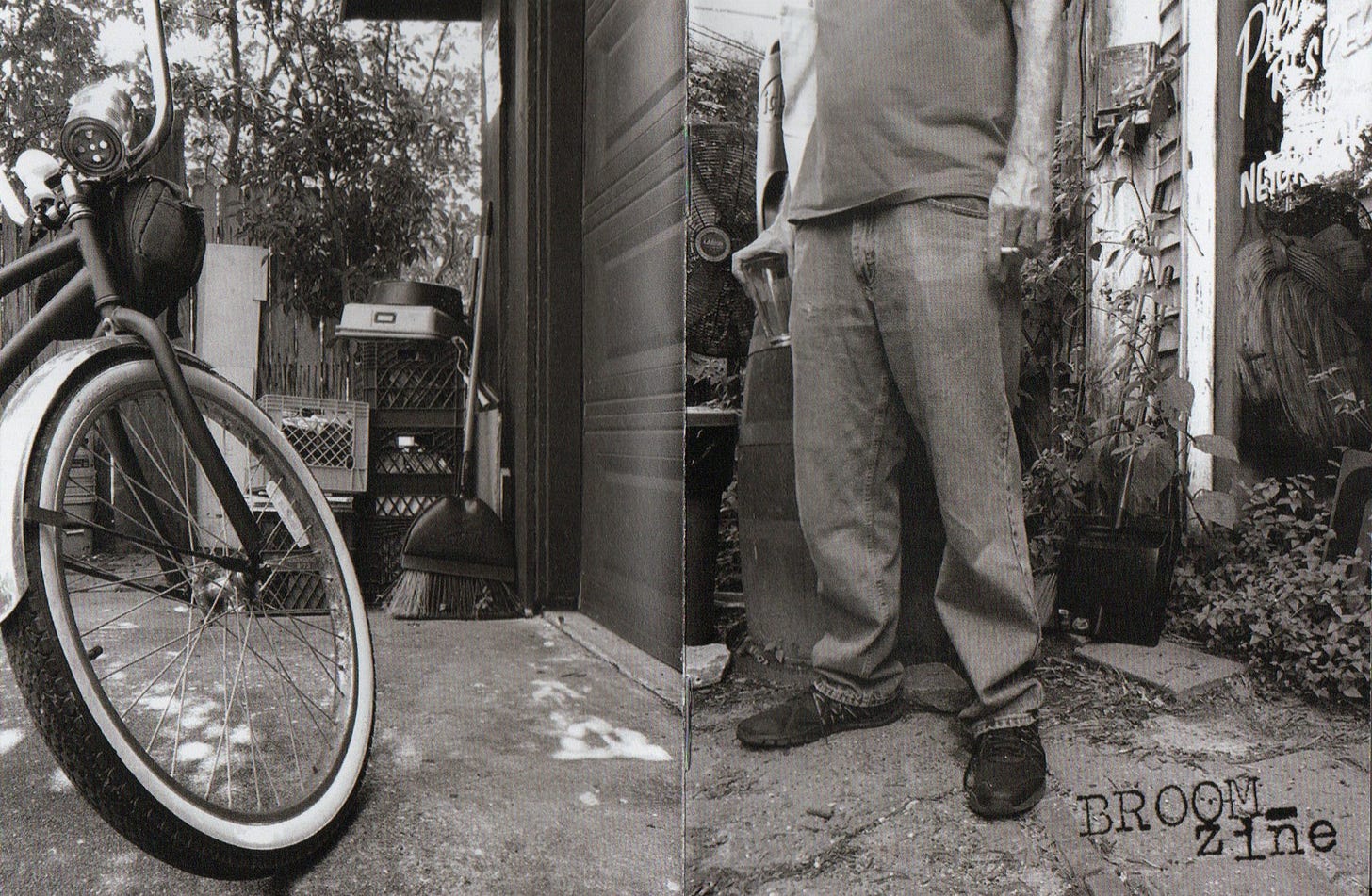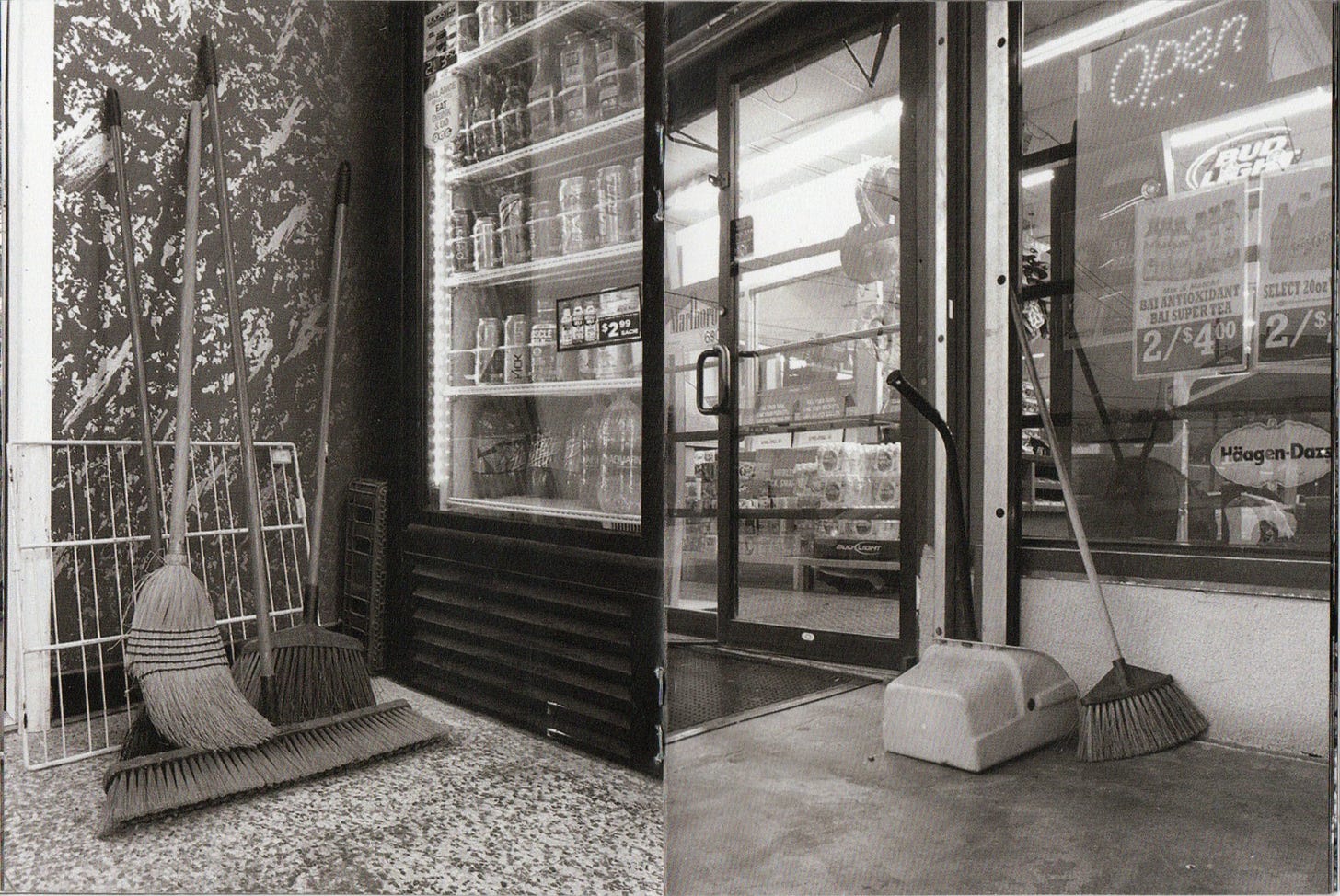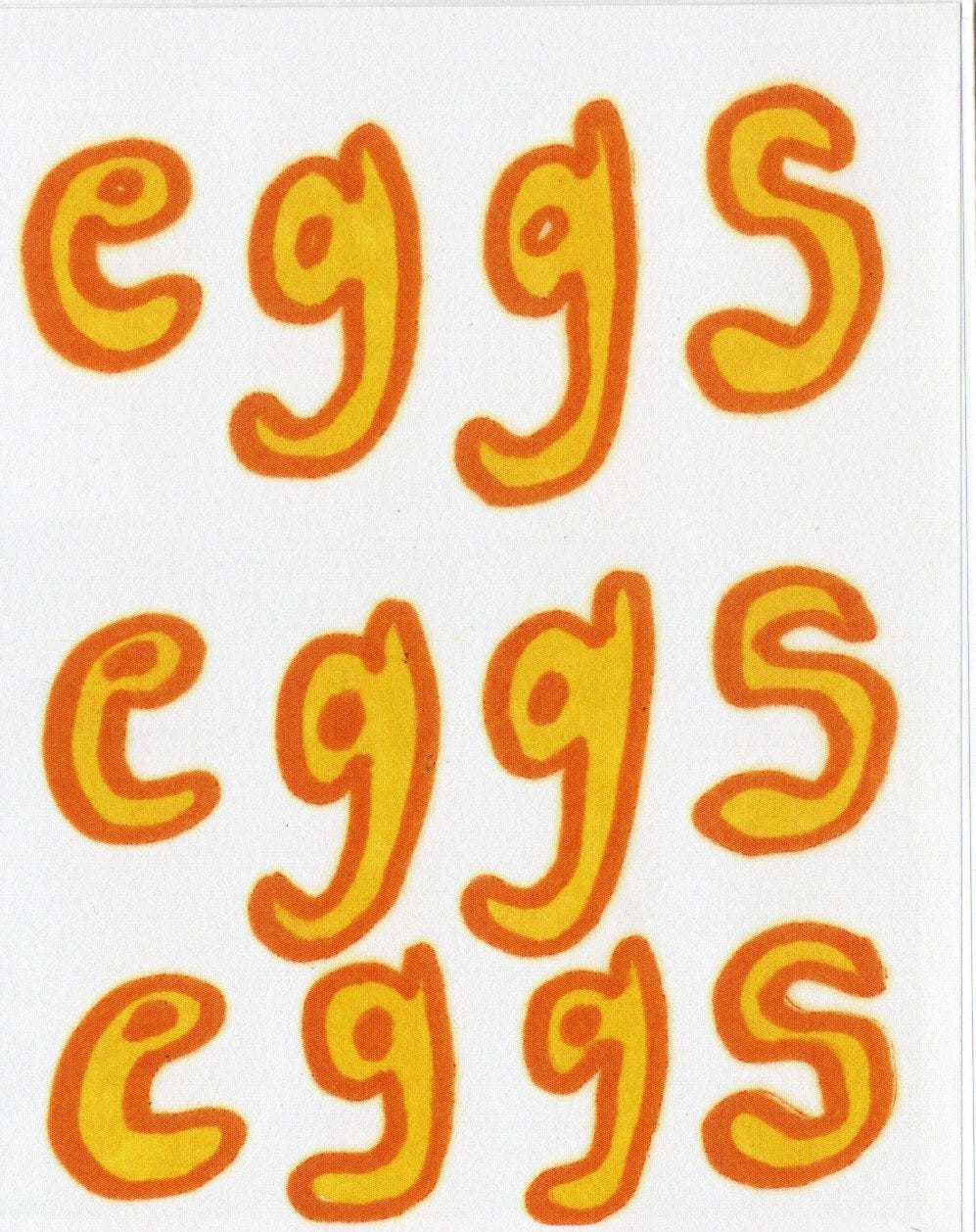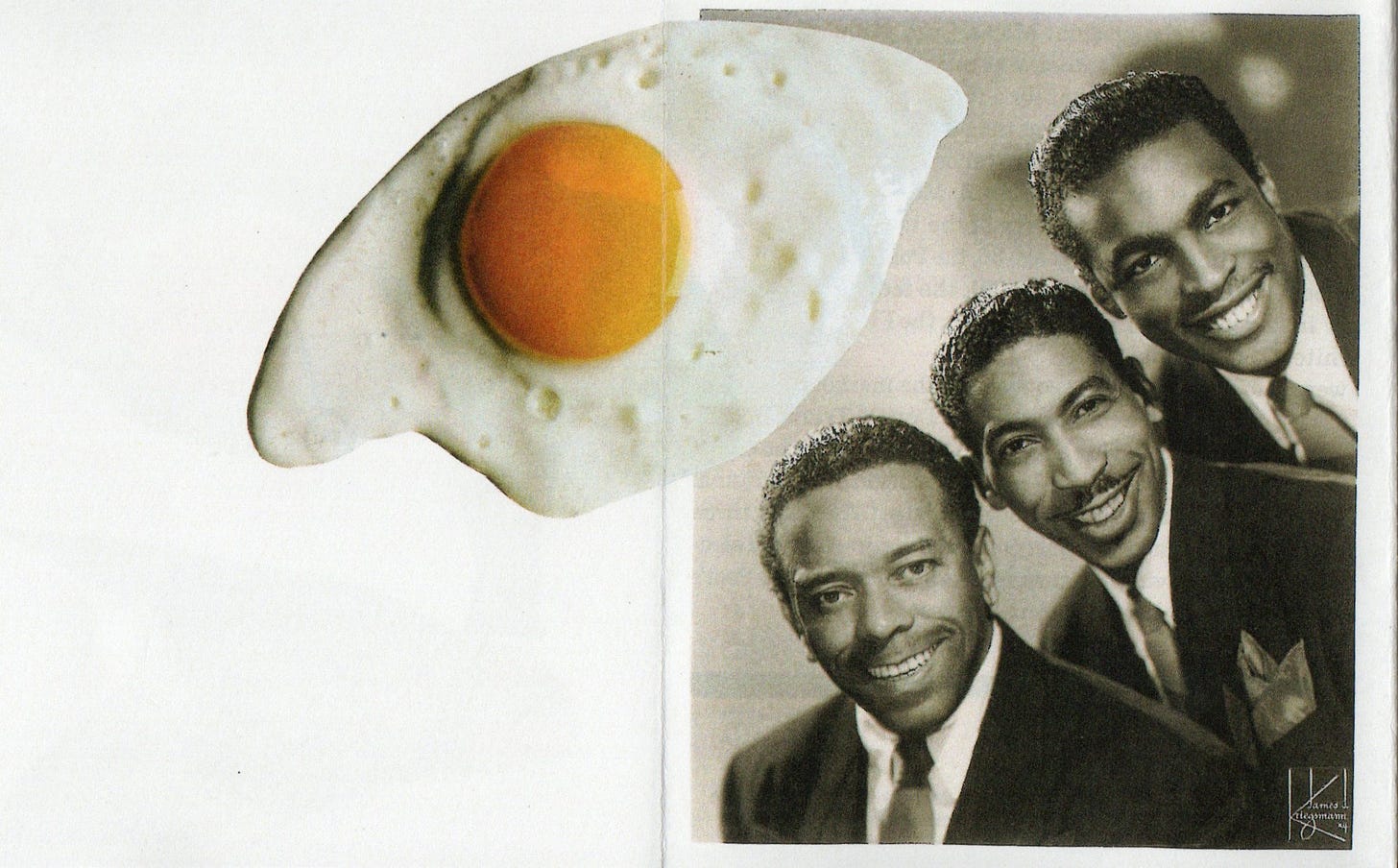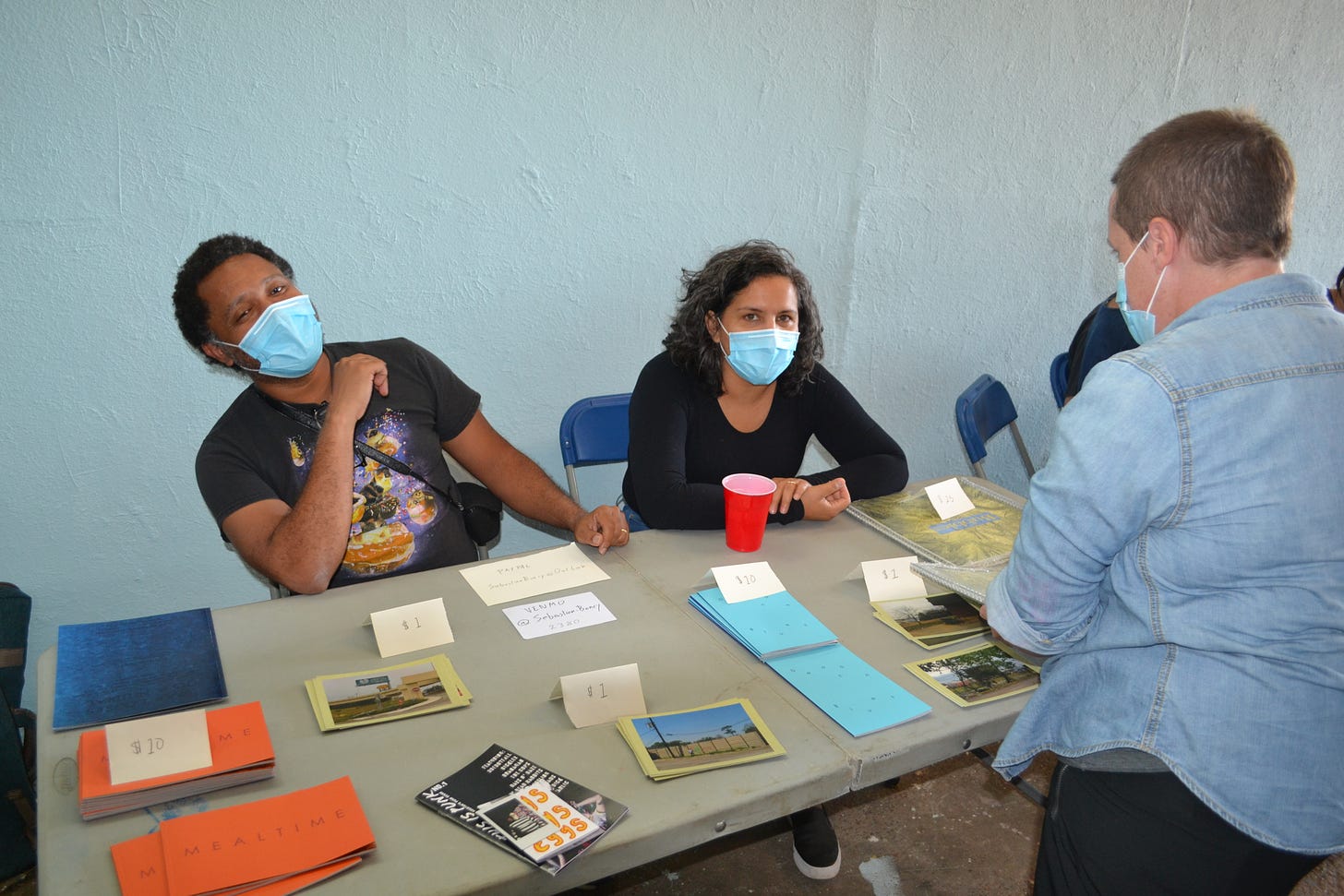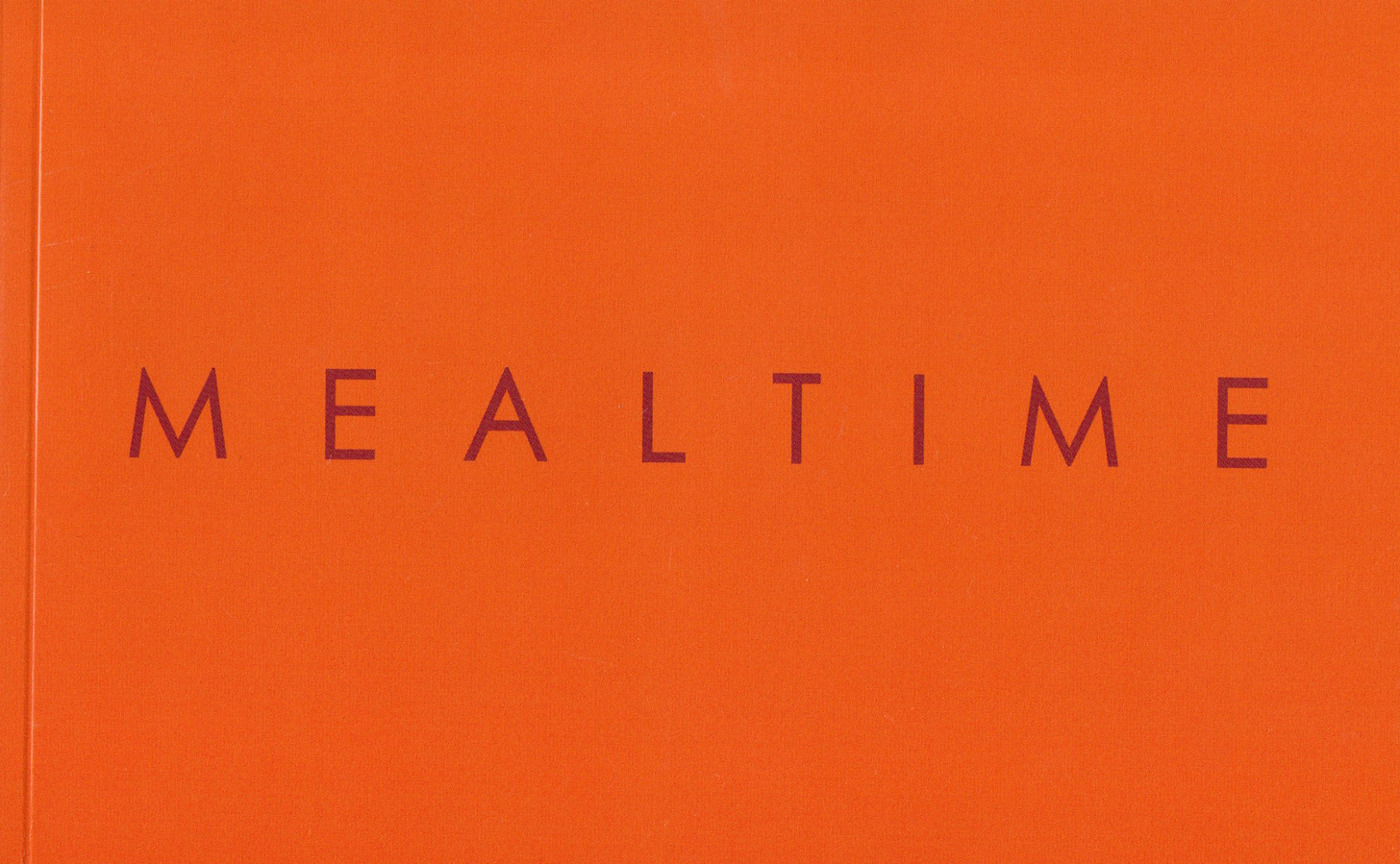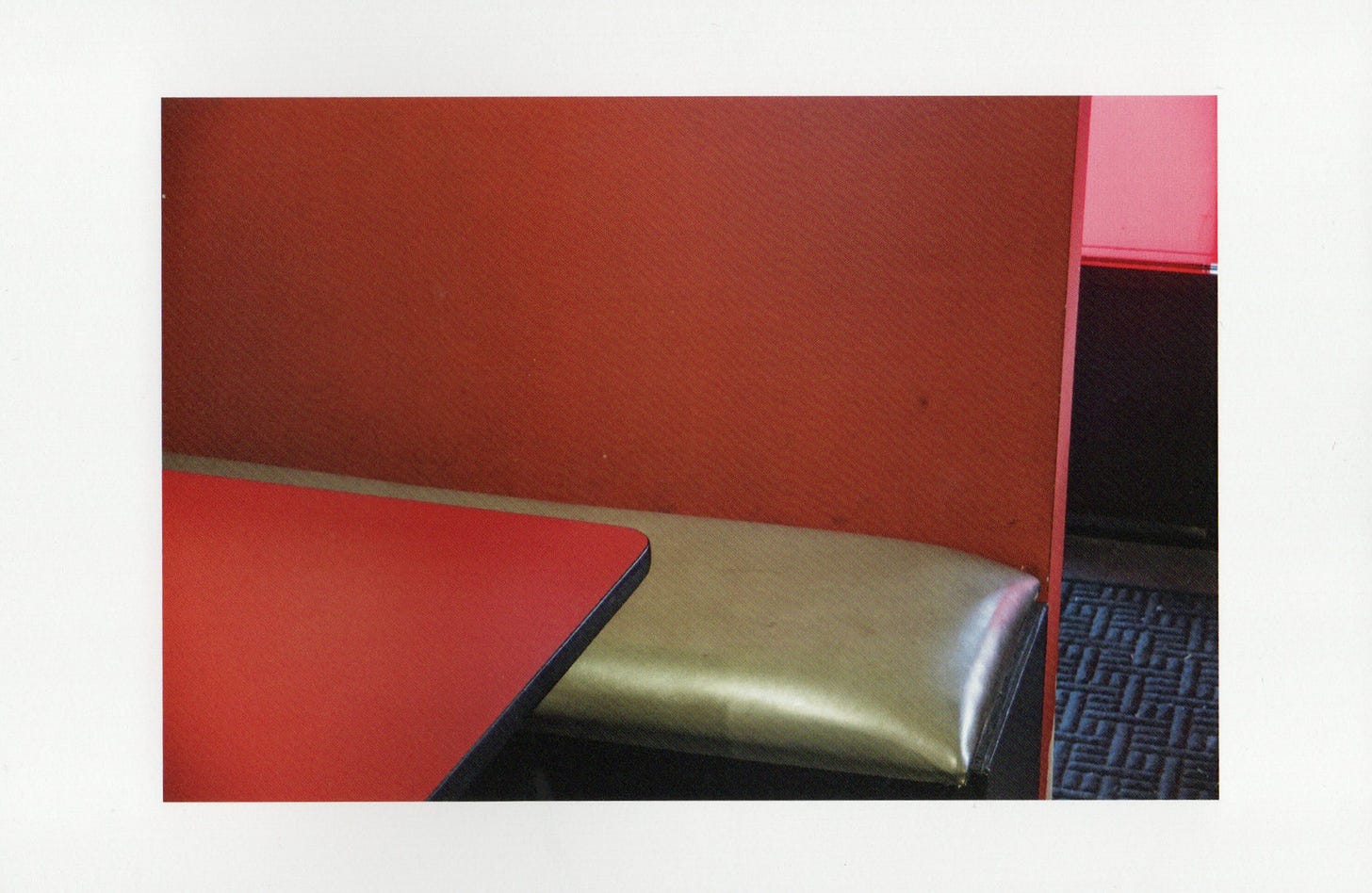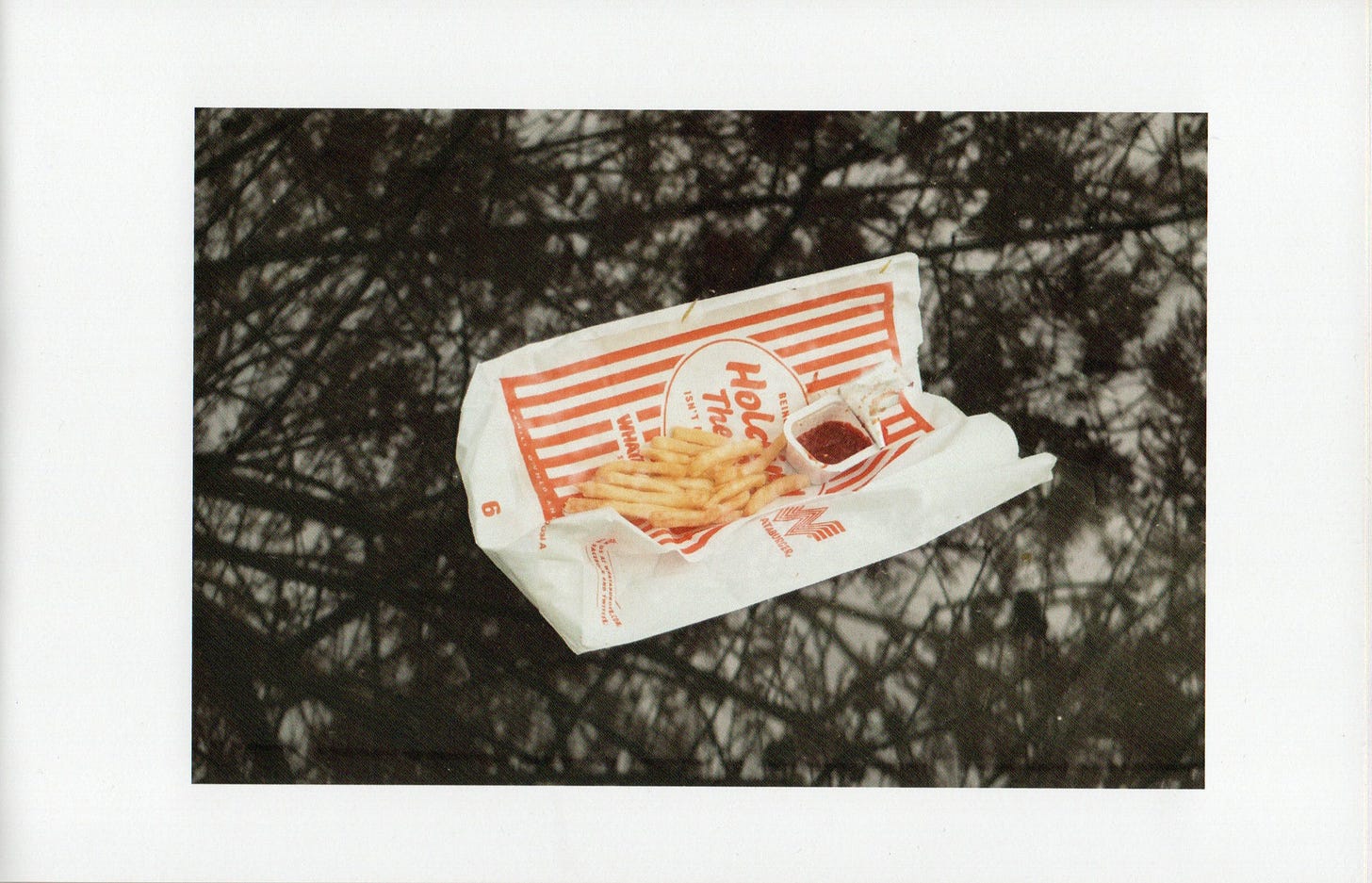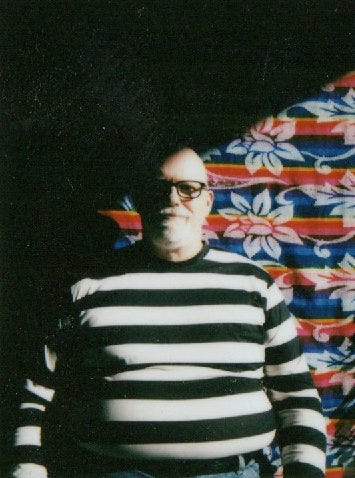I can’t remember who told me this or where I read it, but it’s been said that for photographers, the ultimate goal is a book. I think this was said in contrast with other kinds of visual art, where artists might be working towards an exhibition or a museum retrospective or a large public commission. When I heard that assertion, I thought of classic photobooks like The Americans by Robert Frank, Diane Arbus: An Aperture Monograph, or William Eggleston's Guide. But a beautiful hardcover book is not the only way to present your work in a permanent published format. There are many publications that do it, and the most modest of these are zines. They are often self-published, but some very small presses put out tiny photobooks. I think of these publishers as the equivalent of small poetry presses. The small press impulse is to me where the vitality of publishing comes from (whether prose, poetry, art, photos, or comics), occasionally bubbling up to larger publishers and more mainstream means of distribution. What this means is that if you want to experience these publications, you have to seek out the world of alternative press—usually through small-scale book fairs or zine festivals. (Or through the mail directly from the publisher—some I’d recommend are Cattywampus Press, X Artists Books, Deep Vellum, Host Publications, and Ugly Duckling Presse. I’ve bought books that I love from each of these publishers.)
This is why I was at Uncle Bob’s Photo Zine Market on the afternoon of October 16. It was a one-day zine festival held at El Rincón Social, a somewhat obscure art space/artists studio complex just east of downtown Houston. I’ve been there many times before and seen a few spectacular exhibits and installations there. The flyer above was apparently designed by @jadeolantern, about whom I can find nothing online. Nice flyer, though!
El Rincón Social is a large, high-ceiling warehouse space with plenty of room for people to set up tables. They had about 15 exhibitors. It was a small festival, but while I was there, it was lively. In a way, this was a warm up for the bigger zine festival occurring next month: Zine Fest Houston will be held on November 13 at the Orange Show. Uncle Bob’s Photo Zine Market seems to have been one in a series of small zine-oriented events leading up to the big day. That seems like a good way to build some enthusiasm, especially given the fact that Zine Fest had to shut down during 2020 for Covid reasons.
I was there to spend a little money on photo zines. The first I bought was This Is Punk no. 1 by Skyler Payne.
Here is Payne manning his very homey booth. This Is Punk is a documentary photo zine about the late, lamented Fitzgerald’s, a rock and roll club in Houston. Payne has apparently been going to punk rock shows since he was 11, taken by his punk-rock parents.
Payne writes on the first page the following dedication:
In memory of Fitzgerald’s
Where many fans found their favorite bands
Where many bands found their favorite fans
I have no idea who this band was, but I like the way that Payne tinted their shirts. I wonder if they ever play “The Dicks Hate the Police” in homage to early Texas punk rock.
Next I stopped by Jason Dibley’s table where he was displaying his monomaniacal zine series, Broomzine. Photos of brooms. That’s his thing.
He may have a personal identification with brooms, since he is as skinny as a broomstick himself. I’ve bought earlier issues of Broomzine, so I asked what was new. I think this is the newest issue.
That is the front cover on the right and the back cover on the left.
And this is the center spread. The whole publication is 18 pages long (17 of which have full-bleed photos of brooms in situ, and one blank page). In stark contrast to This Is Punk, these do not appear to be photos of something that excites Dibley. The broom is a humble object, and focusing a body of work on brooms, shown without commentary or interpretation, a group of photos that are staggeringly mundane, is weirdly moving.
My next acquisition was Eggs Eggs Eggs, a photo-collage zine printed on a single piece of paper, sliced and folded.. It was a clever bit of origami and had the benefit of not needing staples.
It was created by Anastasia Kirages, one of the organizers of this event and of Zine Fest as a whole.
The basic idea is a fried egg plus a thing. Eggs are funny and incongruous juxtapositions are funny.
Of all the photo zines I got that day, the most beautifully designed was Mealtime by Sebastien Boncy. He was manning his table with Julie De Vries.
Boncy also specializes in the mundane in his photos, but his eye looks at the world. One rarely sees a person in his photos—just the ghosts of their presence. Mealtime is full of such ghosts.
The remnants of meals past, the places where people eat. All with arresting compositions and colors.
That was Uncle Bob’s Photo Zine Market. In the entrance was a photobooth set up where a woman was taking polaroids for $5. She said they were raising money for a friend, but I don’t know why the friend needed money, or who the friend was, or who the photographer was. But I spent my $5 and got this polaroid.
This tells me that maybe I shouldn’t wear stripes. A valuable lesson that I plan to ignore in the future.

